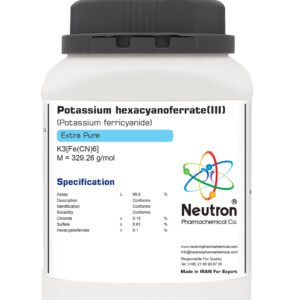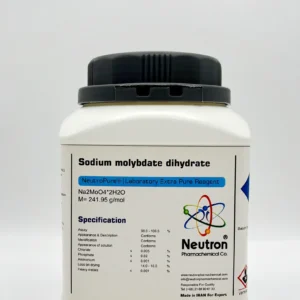N-Propanol (1-Propanol) is a clear, colorless, flammable liquid alcohol with a characteristic odor, commonly used as a solvent and chemical intermediate in a variety of industrial and laboratory applications.
🏭⚗️ Production
N-Propanol is typically produced by the catalytic hydrogenation of propionaldehyde, which is itself obtained via hydroformylation of ethylene. This industrial process ensures high purity suitable for both chemical and pharmaceutical use.
🔬 Properties
N-Propanol has the chemical formula C₃H₈O and a molar mass of approximately 60.10 g/mol. It is completely miscible with water and most organic solvents, has a boiling point of 97.2 °C, a melting point of −127.5 °C, and exhibits moderate volatility. It is also known as 1-propanol to distinguish it from its isomer, isopropanol.
🧪 Applications
N-Propanol is used as a solvent in the production of coatings, inks, cosmetics, and pharmaceuticals. It also serves as an intermediate in organic synthesis and is employed in laboratory settings as a reagent or solvent for chemical reactions and extractions.
⚠️ Safety
N-Propanol is flammable and may cause irritation to the eyes, skin, and respiratory tract upon exposure. Inhalation of high concentrations may affect the central nervous system. Proper ventilation and use of personal protective equipment such as gloves and goggles are recommended during handling and storage, and it should be kept away from ignition sources and oxidizing agents.





